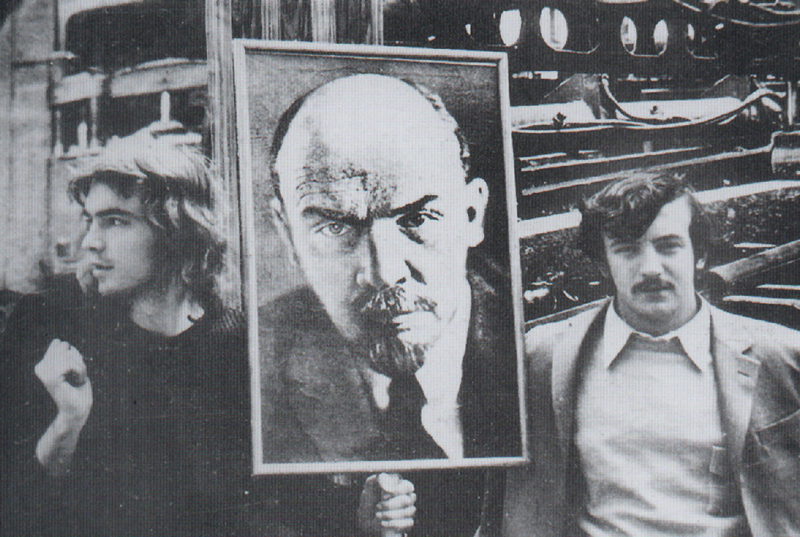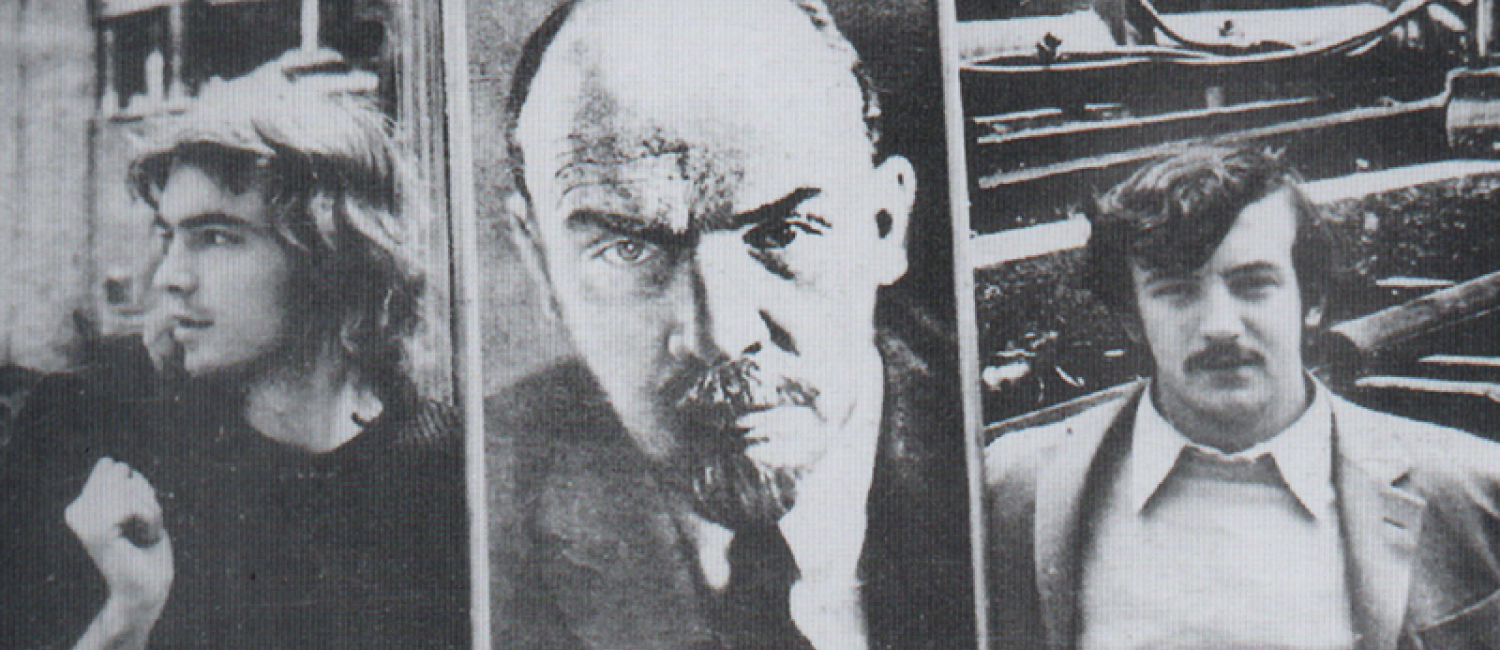Yugoslav neoavangarde and conceptual art was created by the work and activities of groups and individuals from the particular, different cultures of Slovenia (Kranj, Ljubljana), Croatia (Split, Zagreb), Serbia (Novi Sad, Subotica, Belgrade, Ruma), Macedonia (Skopje) and Bosnia-Herzegovina (Sarajevo). It emerged from the processes which were first called “conceptual art” or “post-object” appearances until 1971, and referred to as “new art”, “expanded media” and “new art practices” in the seventies and early eighties. The term “new art practice” was established in practice and referred to various art appearances, things (in the visual arts, literature, film, theatre, music) which were art analysis, criticism and subversion of the moderate socialist modernism of the day.
Conceptual Art in Slovenia: the OHO Group, the OHO Catalogue Movement and the Family at Šempas (1966-1971, 1971-2000). Conceptual art in Croatia emerged in the late sixties through criticism and subversion of high modernism (informel, lyrical, abstract) as well as through the neo-avant-garde experiments of the neo-constructivist movement of the new tendency (1961-1973). Croatian conceptual art was foreshadowed by the work and activities of the avant-garde, pre-fluxus and pre-neo-Dadaist group Gorgona (Zagreb, 1959-1966) and the activist practices of Split artists of the Crveni Peristil Group (Split, 1966), before beginning with the work of Goran Trbuljak and Braco Dimitrijević in Zagreb in 1968. Conceptual art in Serbia began with facing the effects, anomalies and metaphysical boundaries of moderate modernism within the real socialist society. Conceptual art in Serbia came into existence as intellectual resistance to moderate modernist anti-intellectualism and aesthetic formalism, giving birth to several different approaches to overtaking, criticising and subverting modernism (Group KoD, Group ($, Group Bosch+Bosch, Radomira Damnjan, Marina abramovic, rasa Todosijevic, Nesa Paripovic, Verbum program, Group 143 etc)..
Miško Šuvaković was born in 1954 in Belgrade, Serbia. He had been co-founder and member of the conceptual art Group 143 (1975- 1980), and co-founder and member of the informal theoretic and artistic Community for Space Investigation (1982-1989). He has been contributor to TkH (Walking Theory) theoretical platform since 2000. Since 1988 he has been member of the Slovenian Aesthetic Society. In 1993 he obtained a Ph.D with his study on "Analytical Philosophy and Visual Art" (Faculty of Visual Arts, University of Arts, Belgrade). He teaches aesthetics and art theory at the Faculty of Music, Belgrade; art theory and theory of culture at the Interdisciplinary studies of the University of Arts, and art history and aesthetics of architecture at the Faculty of Architecture in Belgrade. He has been co-editor of magazines Katalog 143 (Belgrade, 1975-78), Mentalni prostor (Belgrade, 1982-87), Transkatalog (Novi Sad, 1995-1998) and Teorija koja Hoda (Walking Theory, Belgrade, since 2001). He has published 27 books on aesthetics, philosophy of art and culture, art theory, perfomance art etc.
In cooperation with ELTE, Institute of Art History.
The program is in English.

